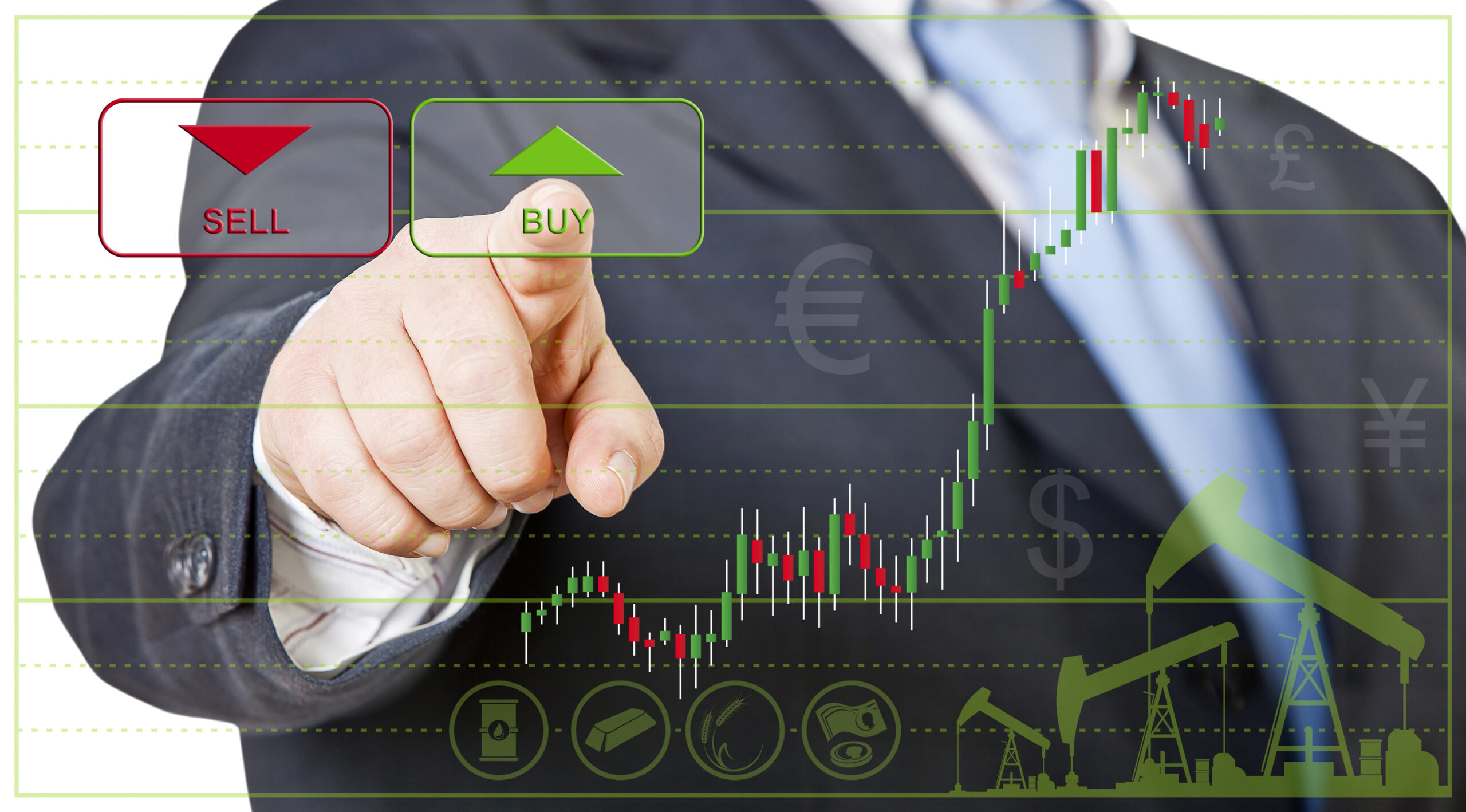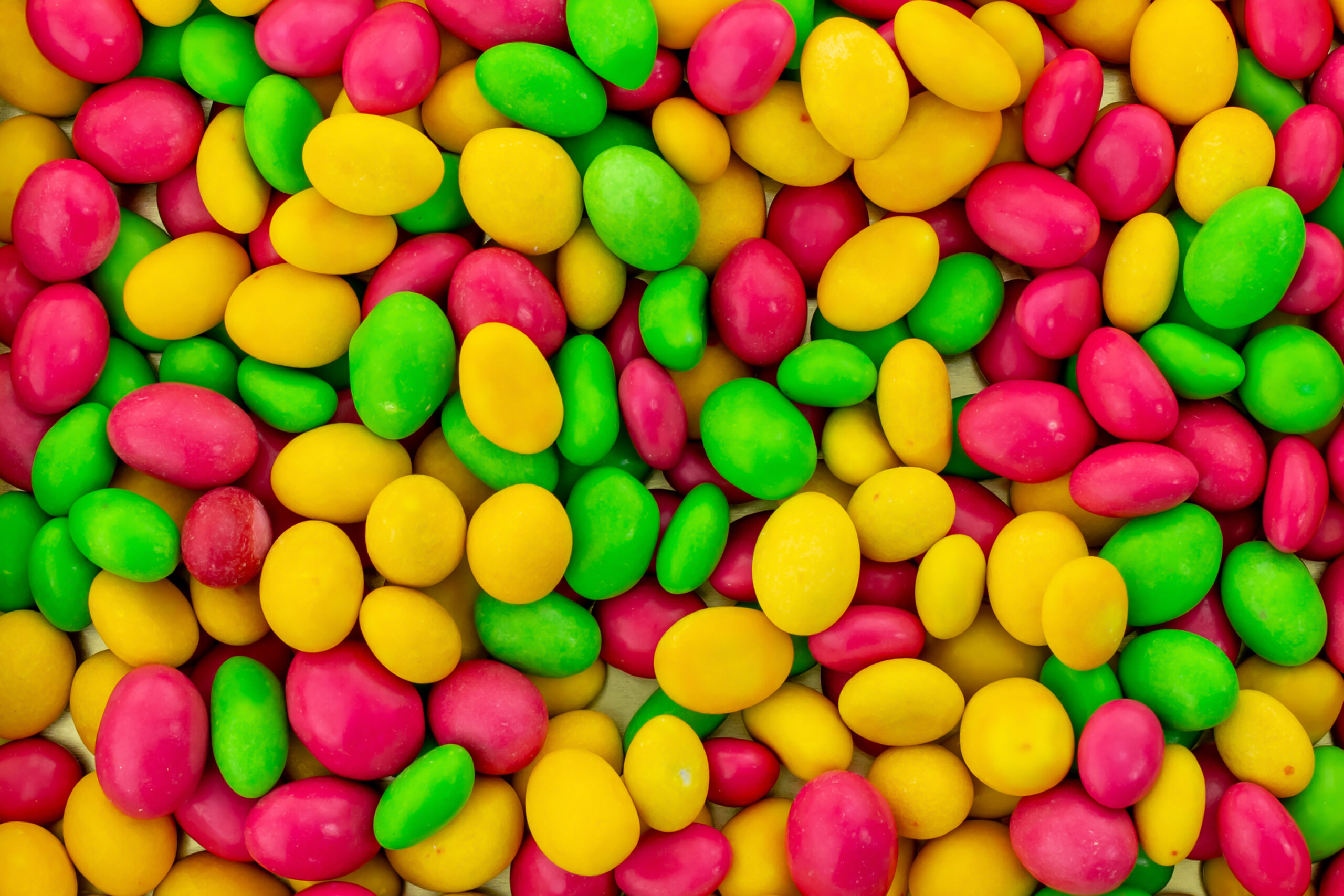We’re back!
Karen and I left for Spain last month, where outside Girona I rode bikes with good friend Brent and our pro-cyclist guide, Arno. Three hundred miles, over 23,000 feet including the famed Category 1 (over 3,000 feet) Rocacorba, six days in the saddle.
Then Karen and I ate our way around Barcelona, relishing our return to a favorite city and seeing things we hadn’t before including the surprising Moco Museum and the stellar National Art Museum where we rode out a rain shower with fine fare in the restaurant and a bottle of verdejo.
Now, we’ve got this election, and it’s the day after. I’m writing before the outcome is known. Whatever happens, I trust we’ll put congeniality and shared interests first.
Speaking of shared interests, I read a Wall Street Journal article (subscription required) over the weekend about grocery distributors. Writer Jesse Newman dug into what’s happening with distributors, the middlemen between food producers and the grocery stores selling stuff to us.
Food makers, says Newman, claim they’re being gouged. Fees are forcing them to hike prices on their goods – which drives away the end consumers in grocery stores.
I’ll let you read the rest.
Here’s what struck me: Distributors say it’s hard to make the economics work for small suppliers. So big food sellers have gained market-share. It’s forced small manufacturers into deals.
The same thing is happening in the stock market. The stock market is a grocery store. Small stocks struggle because they don’t offer the economies of scale that large stocks do to big buyers like Blackrock, Vanguard, State Street.
Those big buyers need a product that scales – you can buy and sell it in size, and the price stays stable and tracks an index. Jostle into small caps with a big order and prices gyrate, and suddenly indexes and Exchange Traded Funds have tracking errors versus the benchmark.
It handicaps small stocks. In the past fifteen years, the market capitalization in the Russell 2000 – the big small-cap index – has come down from about 15% of total market capitalization to about 5%. Consequently, small-caps trail large-caps.
It’s a size and distribution problem, not a story problem, as it is for small food manufacturers. If you want to get your product into stores, you go through a distributor, which needs economies of scale to make distributing pencil.
And if you want to get Blackrock into your stock, you need the right characteristics, and you need size, muted volatility, the capacity to mimic an index. Money buys products, not stories.
Across almost 2,000 small-cap stocks with $5 billion of market cap or less, the average market cap is $1.3 billion, average trade-size is $1,450, average volume is about 1.3 million shares, average volatility is 4.5%, and total market cap is about $2.5 trillion.
Those metrics are prohibitive for big money.
Compare to the – currently – 113 mega-cap stocks with $100 billion or more of market cap. Average volume is 11 million shares, trade-size is $14,000, average market cap is $378 billion, volatility is 2.0%, total market cap is $43 trillion.
And funds need tracking errors of 2% or less. Size and liquidity. So funds buy big stuff.
There are only two fixes. Create a stock market that doesn’t give large caps an edge over small caps. That doesn’t force stocks to trade at average prices as the current one does.
Or companies adapt, and get bigger. Every public company needs a strategy to get past $5 billion of market cap because that’s where the money is. If you’ve got a catalyst – the world’s biggest and best thingamajig – great.
If not – like 99% of companies – you must deploy shareholder capital toward size, and you must leverage your characteristics: the things that make you part of a bigger herd, not another outlier with poor economies of scale.
We can help you with both, public companies.
As to the outcome of the election, the thing needing fixing in the USA can be found in a single data point that recurs every time the Bureau of Economic Analysis puts out a report on US Gross Domestic Product. Twenty percent of our GDP is transfer payments – $4.6 trillion annually that the government pays to people.
Without those transfer payments, the American income statement – income minus expenses equals savings – doesn’t pencil. Americans are saving less than $1 trillion in total annually, the difference currently between discretionary income of $21 trillion and the cost of living of $20 trillion.
Back out the $4.6 trillion of transfer payments, and there’s no discretionary income, no savings.
Anybody want to solve that problem? It’s not so hard – but it requires temerity that I don’t know we possess. If costs decline, we get richer. If costs rise, we get poorer. That’s a money problem, not an economic problem.
And so we conclude another election cycle.





